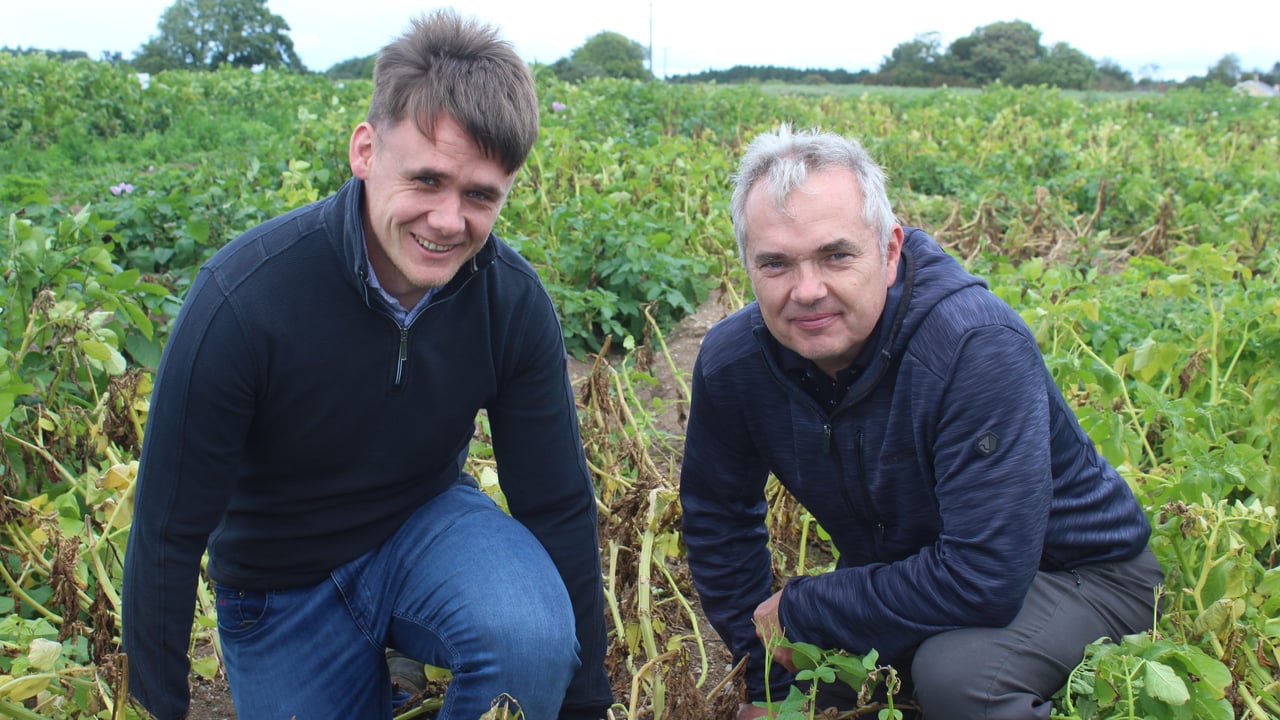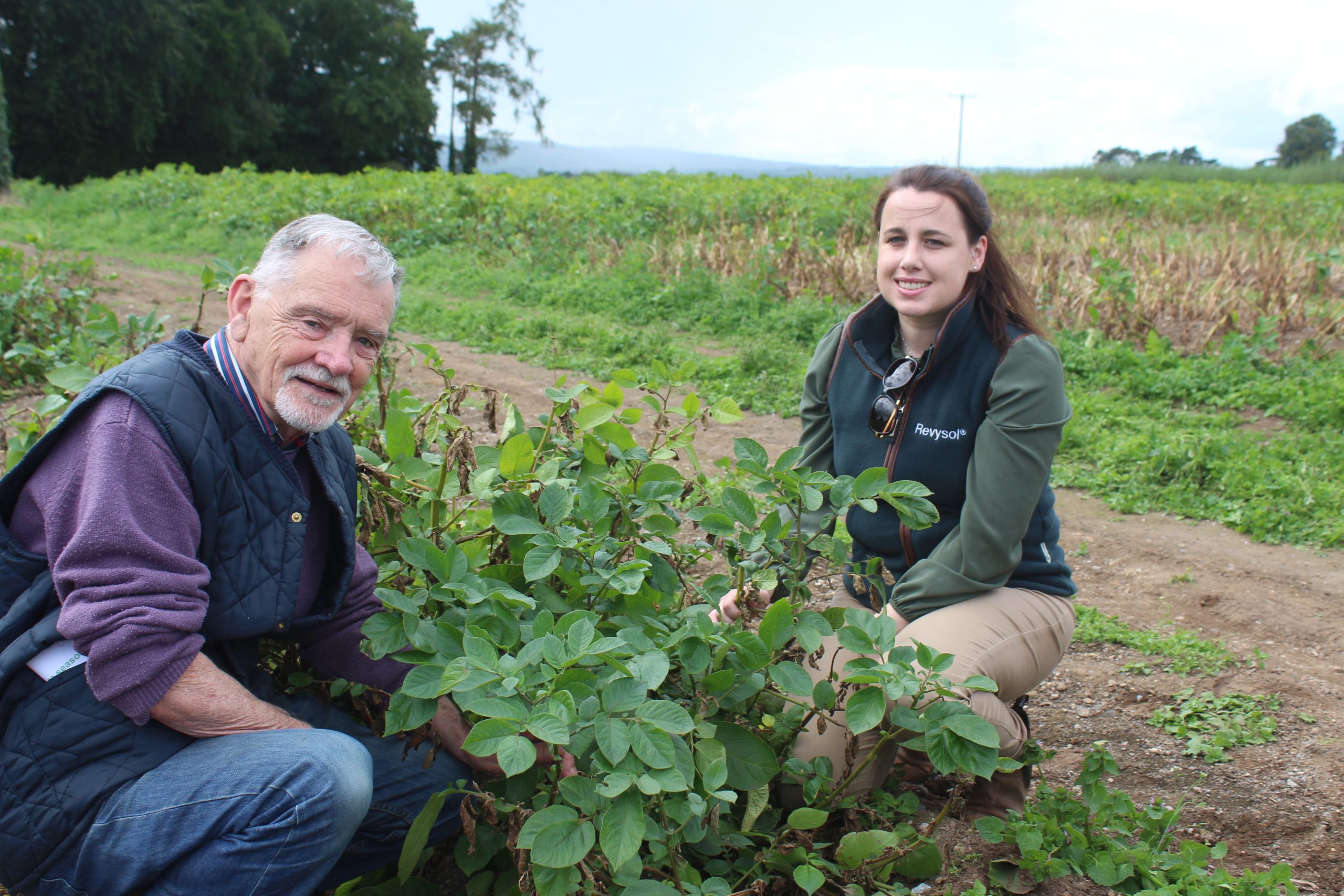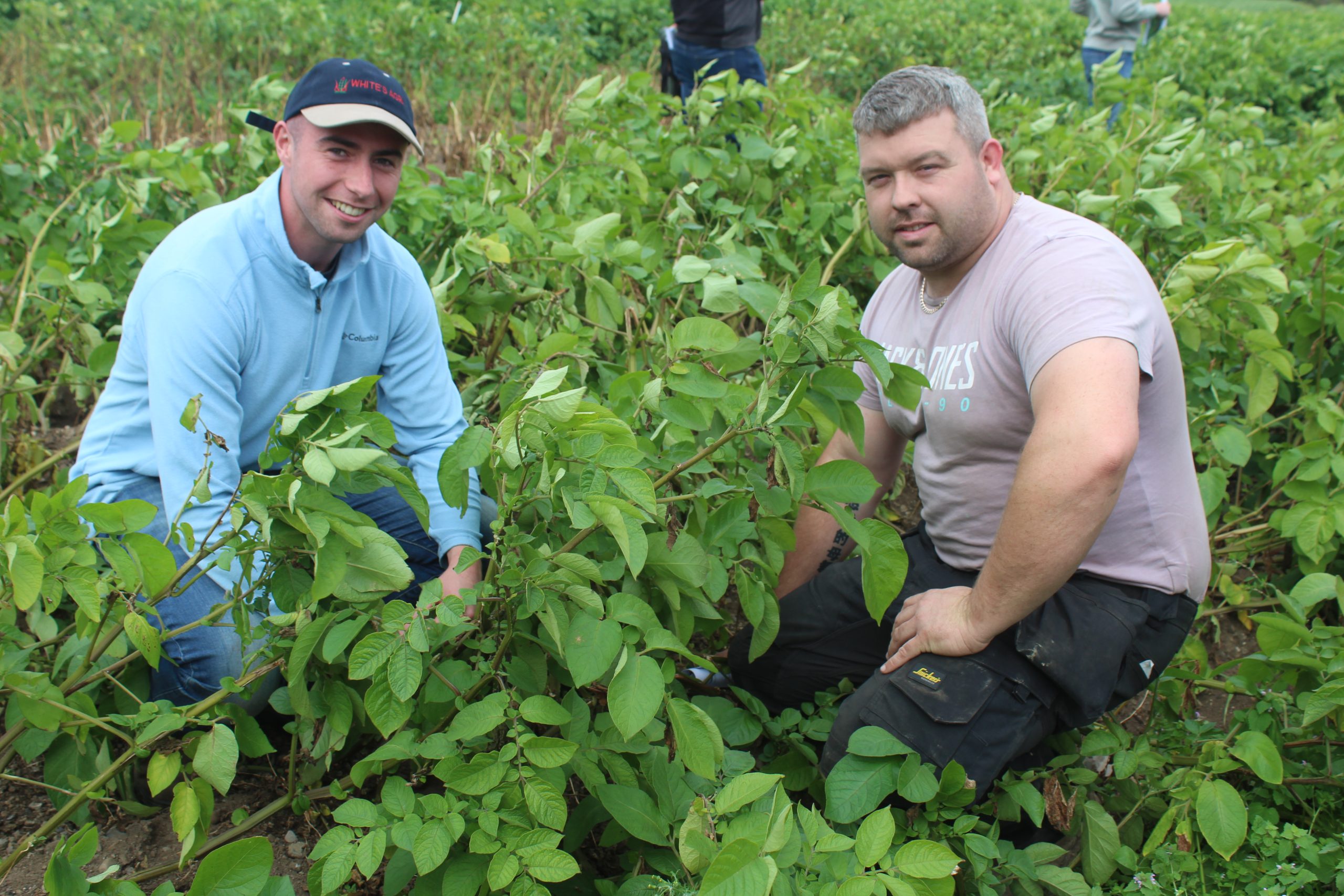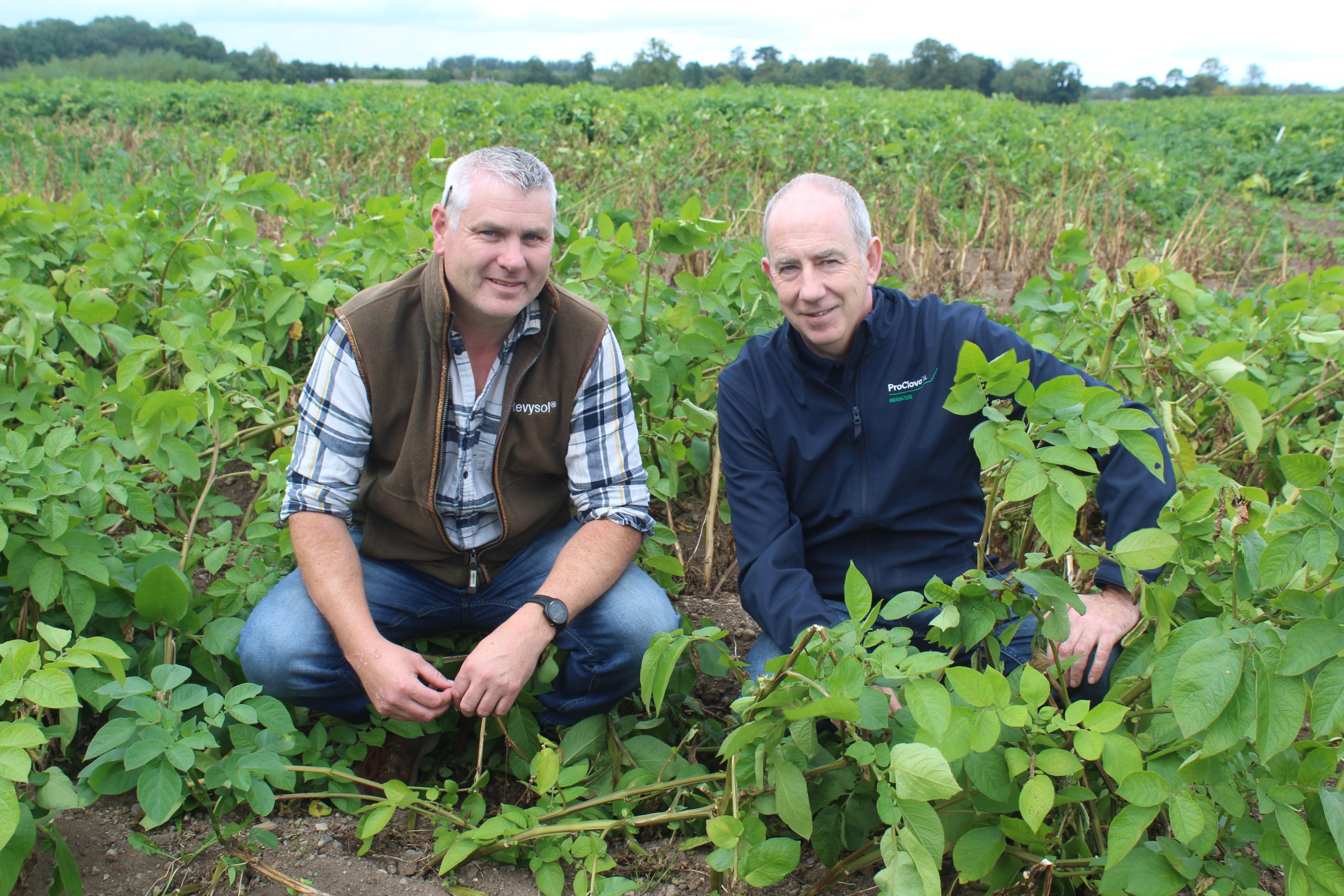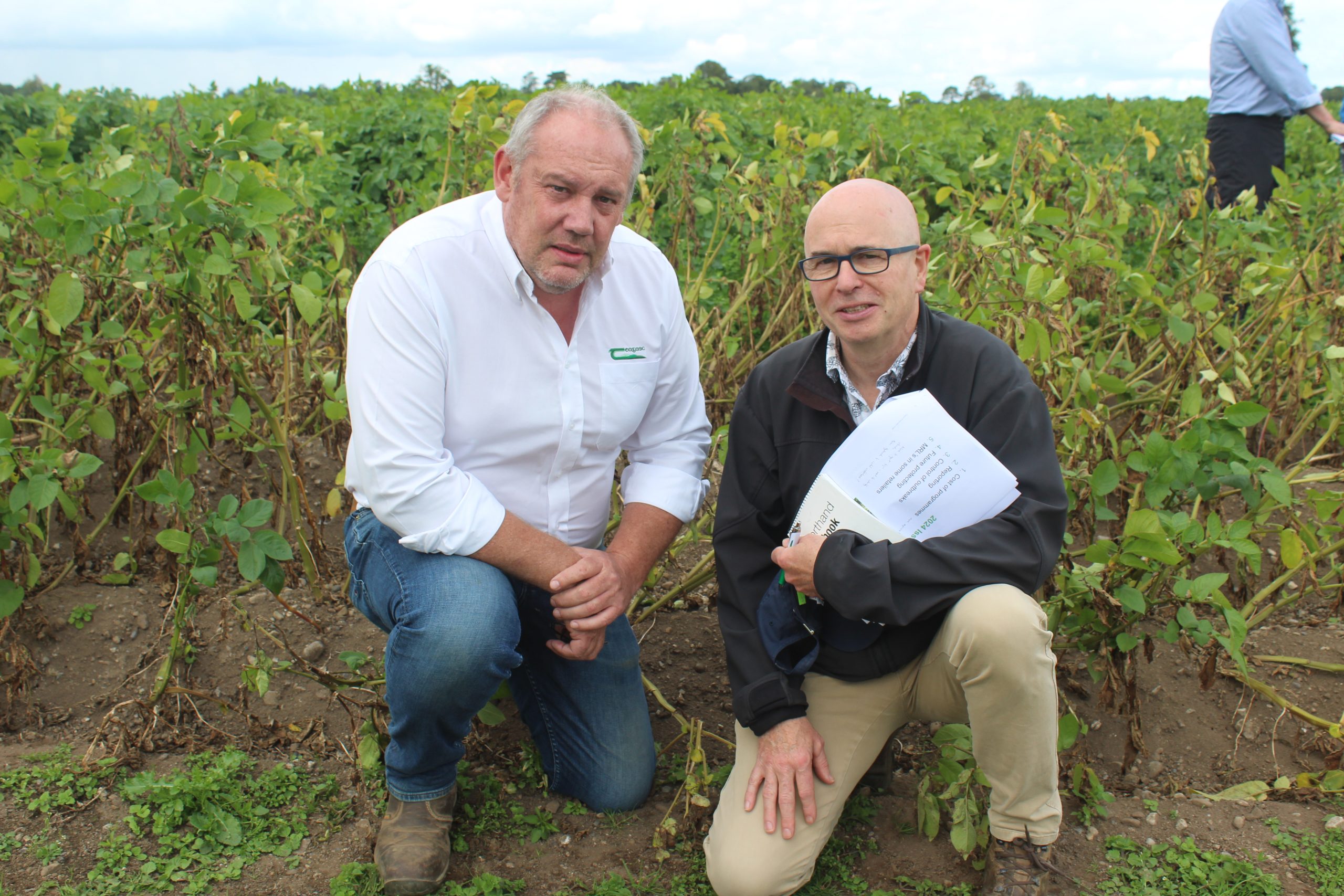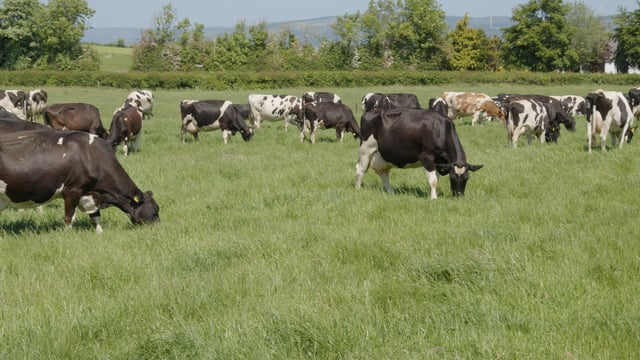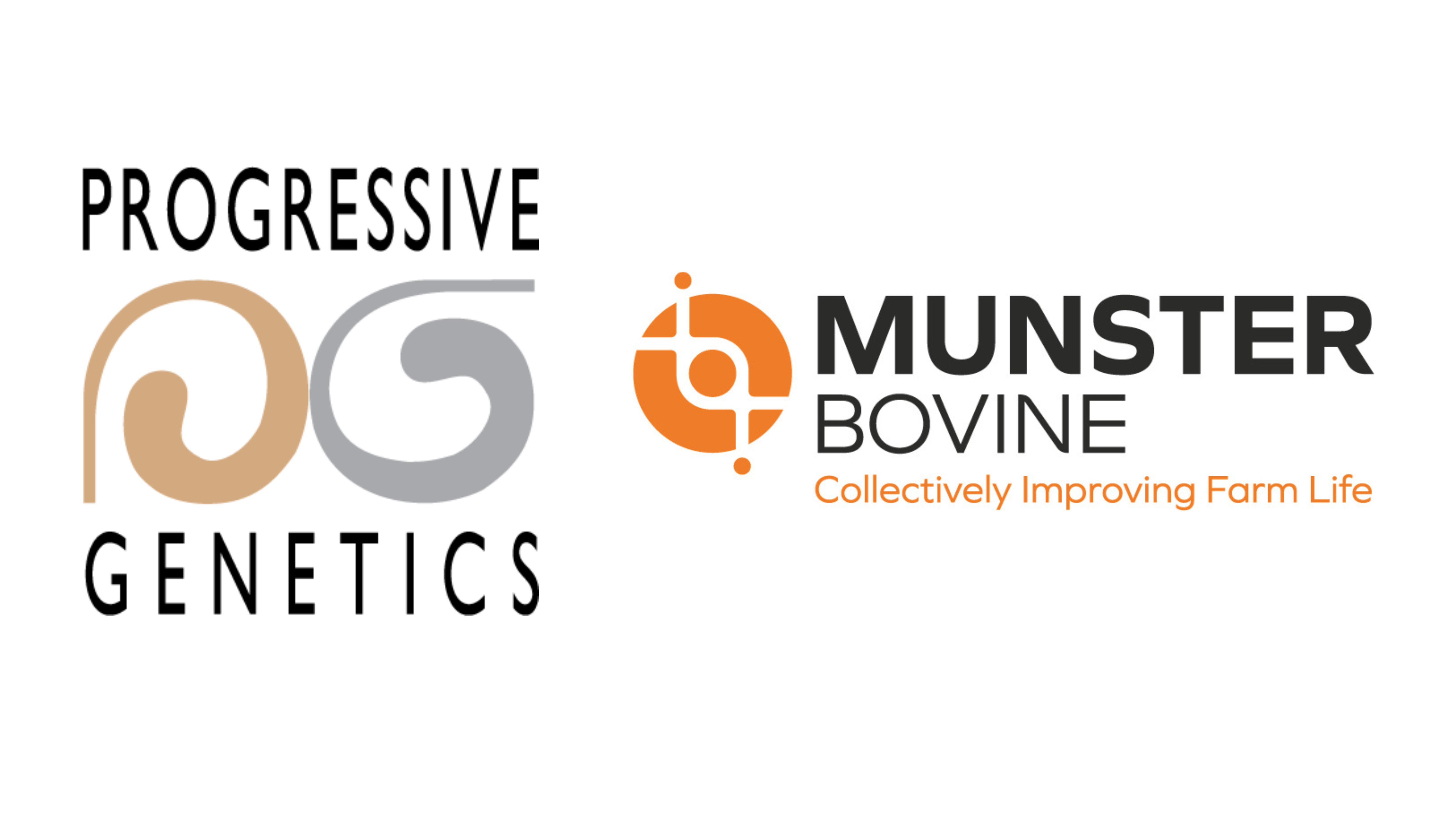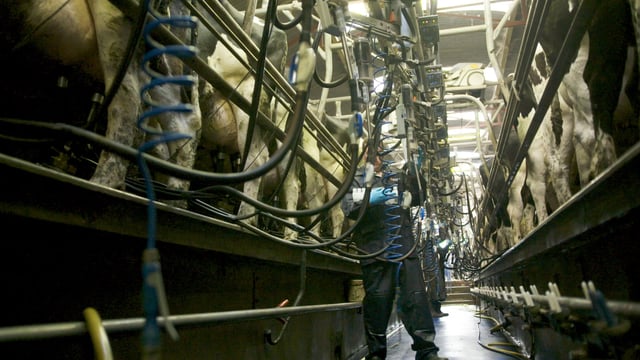Tillage: Blight is extremely active in Ireland this year
Teagasc Oak Park potato trials are confirming that potato blight is extremely active in Ireland at the present time.
In addition, the EU 36 strain of the disease has already been identified on commercial farms, with the even more virulent EU 43 variant of ‘Phytophthora infestans’ also thought to be gaining a stronger foothold in Ireland.
These were two of the main points highlighted at the recent Blight Workshop, hosted by Teagasc at Oak Park.
The event also gave growers and potato industry representatives an opportunity to inspect the current blight field trials at the Co. Carlow site.
Teagasc potato specialist, Shay Phelan, commented:
“Blight populations are always changing - always adopting to changing circumstances. Work carried out at Oak Park over a number of years has confirmed this reality.
“Back in 2019, EU 8 AI was the main blight strain in Ireland. By 2022, thus had changed to EU 37 A2. And now in 2024, we see EU 36 rising in prominence with EU 43 also a factor to be contended with."
There is also strong evidence to show that blight populations tend to move from Europe in a westerly direction towards Ireland. This is a process that can take between two and three years.
According to Phelan, this gives Ireland a significant advantage when it comes to planning blight strategies.
“We know what mistakes have been made in Europe, which gives us an opportunity here in Ireland to adjust our blight control programmes accordingly.
“There are also multiple blight genotypes challenging potato crops at the present time. The EU 36 variant is an issue at the present time. But so is EU 43," he outlined.
The EU 43 genotype was first identified on Denmark’s Jutland Peninsula back in 2018. It then spread into the Netherlands and Belgium, reaching Ireland last year.
Significantly, UK potato populations have not been impacted by the EU 43 blight genotype up to this point.
It is now thought that infected seed may well be a vector for the disease. However, Brexit regulations have severely restricted the movement of all potatoes between the European Union and Britain.
Evidence from Denmark confirms that EU 43 can be controlled with existing blight chemistries.
Phelan continued: “Denmark has managed to control EU 43 effectively. What’s more this has been achieved without the use of the fungicide, Ranman.
“This product is still available in Ireland. So there is an expectation that EU 43 can be effectively controlled, provided potato growers maintain a clear focus, when it comes to the development of effective blight spraying programmes.”
Based on the experience of Denmark, Teagasc has formulated a blight control programme for Ireland, which centres on the following principles: make best use of all available chemistries and use product combinations with differing modes of action on an alternate basis.
In addition, crops should be sprayed every seven days with all fungicides applied at full label rates.
Other themes within an effective blight programme include the restriction of strobilurin chemistries no more than 50% of the products used in one season and the absolute avoidance of bock fungicide treatments.
It has also been confirmed that Zorvec has an active period of seven days, only while Cymoxanil is not a suitable partner product - its activity period is less than seven days.
Meanwhile, Shirlan has been shown to give action on the EU 43 blight genotype, while Revus will deliver activity on the EU 37A2 strain of blight.
“The mixing of products at full label rate will be required to control EU 36 and EU 43,” Phelan stressed.
The early identification of active blight strains will be critical in controlling blight this year and into the future.
Teagasc is calling on growers to submit blight impacted crop samples for analysis as soon as an infection has been identified in the field.
These can be sent to Teagasc at Oak Park or to AHDB in the UK.
There is also strong recognition of the significant blight challenge created by gardeners and farmers growing potatoes for their own use.
In most cases, they do not have access to the suite of fungicide sprays available to professional growers.
Such is the blight threat posed by amateur growers that the Belgian government is pushing forward with measures to force the early burn-off of potato crops grown for home use only.
This is seen as a step that will help the country’s professional potato sector.
According to Teagasc plant breeder, Dennis Griffin, the future application of CRISPR gene editing will allow for the development of new potato varieties that are inherently resistant to strains of potato blight.
“Proposed legislation to allow for the implementation of new gene editing techniques within the European Union has been held up on the back of objections raised by Poland.
“However, it is strongly envisaged that the technologies will receive the green light from Brussels in the not too distant future.
“And when this happens, the scope to breed new potato varieties that are resistant to blight strains will increase significantly," he said.
But, according to Teagasc scientists, developments of this nature do not rule out the fact that potato blight will still evolve to ‘overcome’ these intrinsic traits.
This, in turn, raises the issue of how to make best use of those fungicides that remain available to Irish growers.
“Protecting the blight chemistries that can be accessed at the present time is a fundamental priority,” confirmed Teagasc plant pathologist, Steven Kildea.
The period ahead will see further pressure brought to bear on the availability of blight chemistries in Ireland.
This will have a twofold nature: regulating authorities further evaluating the suitability of those fungicides currently available and the long lead-in times and extremely high costs associated with the commercial development of new blight chemistries.
There is also growing evidence to the effect that multiple food retailers will act to specify the fungicide types that can be used on the potatoes available in their stores.
In turn, this will bring the use of integrated pest management (IPM) techniques into sharper focus form a potato production perspective.
This is an approach that will also require potato growers to take greater ownership of the impact made by their crops on a continuing basis.
Controlling subsequent potato volunteers left after harvest on rented ground is a case in point. These plants are potent blight infection sources for subsequent potato crops grown close to the fields in question.
So, could we be looking at a scenario within which potato growers on rented land will be required to give details of the previous crop’s history to the farmer taking the ground the following year?
At the heart of this issue is the fundamental question: who takes responsibility for the destruction of the volunteers that will, undoubtedly, follow the harvest of a potato crop?
“Potato growers can only develop effective blight control programmes if they know the strains of the pathogen they are dealing with.
“Knowledge is key in this regard, which is why the early detection of blight is so important.
“But keeping control of potato blight in the future will come at a considerable cost for growers," according to Phelan.

